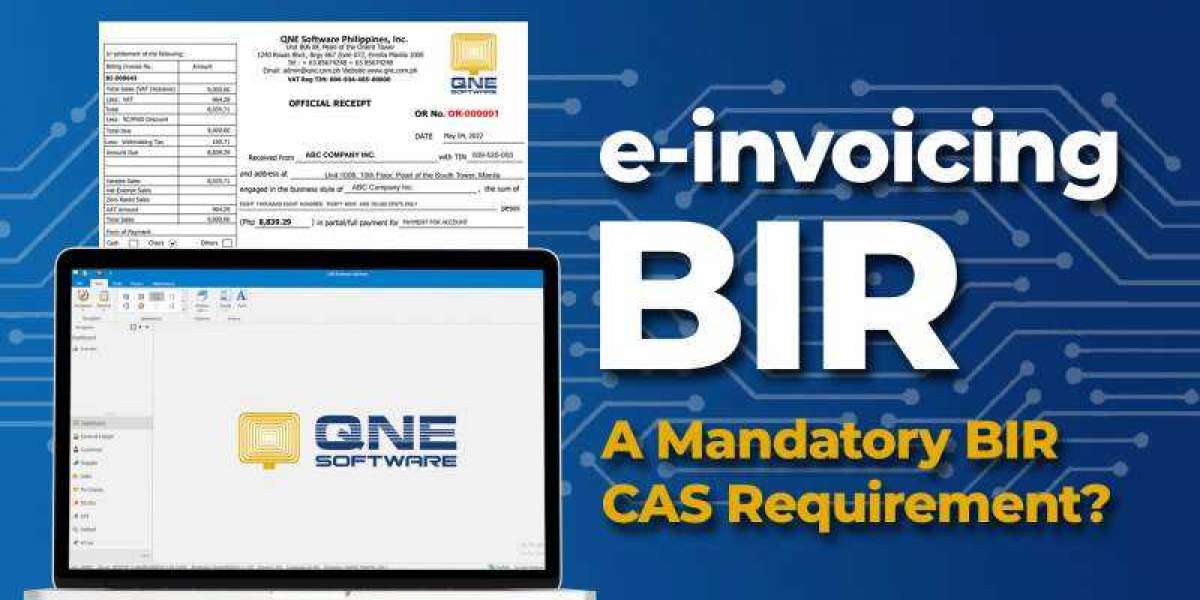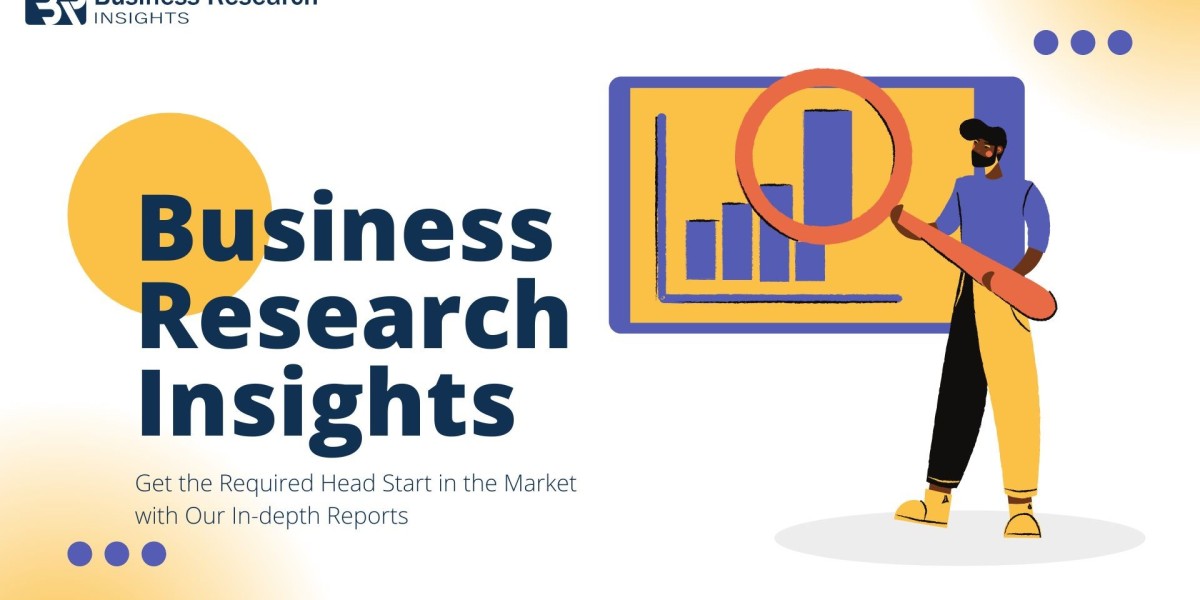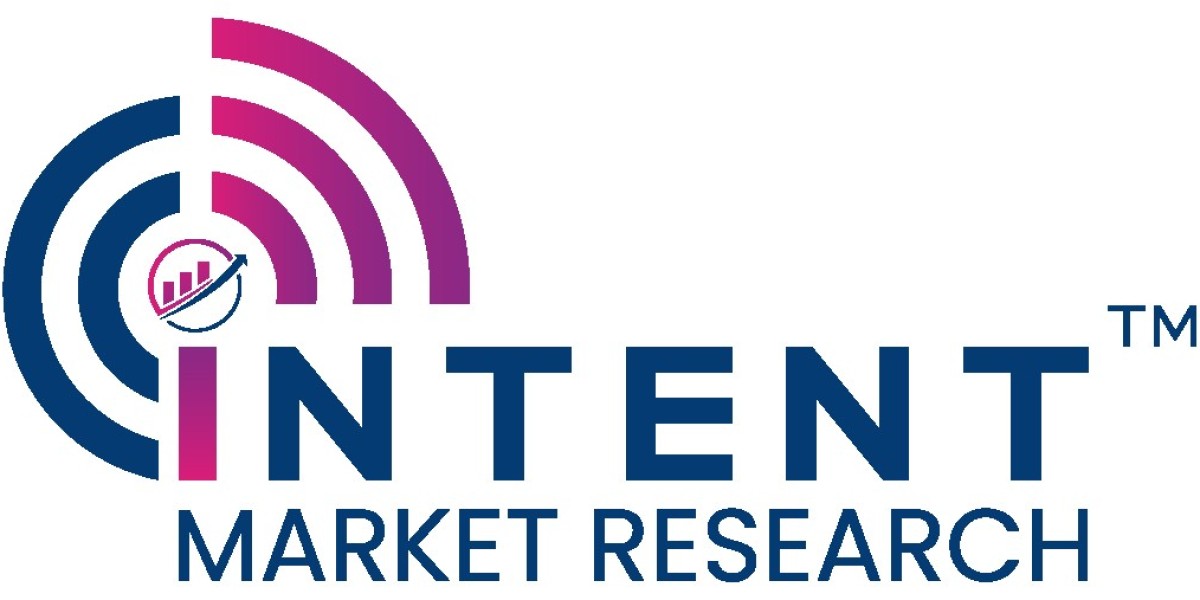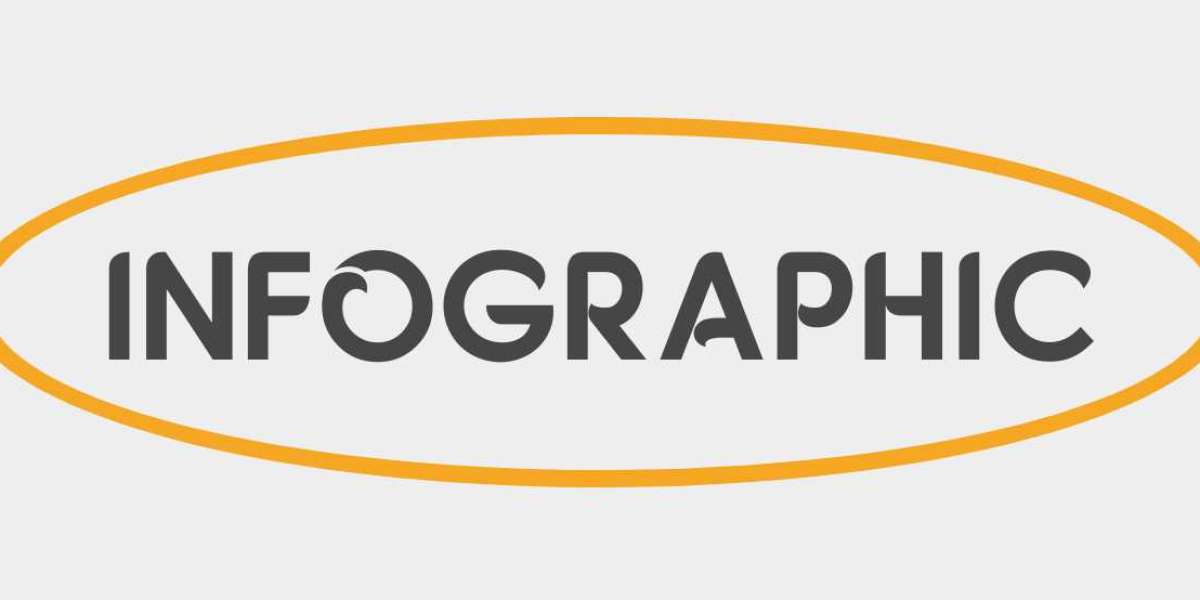Passing invoices still requires human interaction, even when handled through accounting software. Paper invoices are still widely used, as most businesses issue them and send them by mail. Some companies use email to exchange and track invoices. With e-invoicing, invoices can be sent and received electronically between a buyer and a seller. E-invoicing streamlines the invoicing process by automating it and eliminating the need for human involvement.
While some companies are embracing e-invoicing on a global scale, many others have yet to realize its full potential.
Sending and approving invoices between a buyer and a seller can be done automatically with little to no human interaction thanks to electronic invoices (e-invoices). This means that an electronic invoice is created, sent and received. As a result, both buyers and sellers can streamline their invoicing processes with this new capability.
E-invoicing (or electronic invoicing) has revolutionized invoice management in recent years by automating formerly labor-intensive tasks and reducing human error.
While e-invoicing is a familiar concept to many, few business owners have more than a cursory familiarity with the concept, implementation and various benefits of electronic data interchange.
Here's everything you need to know about e-invoicing, from the basics to how the practice has evolved to the obstacles faced by those just getting started in the field.
E-invoicing is a time and cost saving billing system over manual processing, which we will also introduce and explain.
What is electronic invoicing?
Electronic invoicing, or e-invoicing BIR, is the automated process by which suppliers create and transmit electronic invoices to customers in a standard format to ensure system compatibility. E-invoicing provides automation of accounts payable workflows in conjunction with ERP or accounting software instead of the tedious data entry of paper invoices.
EDI (electronic data interchange), XML (extensible markup language) and CSV (comma-separated values) are standard export file formats for e-invoicing. To verify that invoice data is correct before it is sent to the customer's system, e-invoicing systems incorporate automatic validation against the rules as part of the invoicing process.
However, digitizing paper invoices is different than e-invoicing. It is not e-invoicing if you take a photo of a paper invoice or use an app to turn it into a PDF invoice. If it is not issued electronically and does not contain machine-readable structured data, it is not e-invoicing.
How does e-invoicing work?
Integrating e-Invoicing with existing accounting or ERP systems maximizes business value. With this connection, businesses can easily automate most tasks related to the invoicing process.
Let's say a company typically invoices its customers after orders have been shipped. At this point, the ERP system can automatically create and send an invoice based on the information in the customer's purchase order, without requiring any additional input from the user.
Customers who receive invoices in this format can easily import the documents into various popular accounting software programs.
The customer's accounting software can automatically process the invoice by comparing it with the original order and the delivered products. If everything is in order, the customer pays the invoice.
How electronic invoices are created varies from software to software (more on this below). However, the basic procedures are the same:
- Inform your customers that you have chosen an e-invoicing solution.
Make sure your customers can and want to receive an electronic invoice before you send it. You may need the customer's signed consent to send to certain countries. Make sure customers' email addresses are valid if you want to send invoices electronically.
- Set up electronic invoicing
With the help of modern accounting software, businesses can easily automate the invoicing process and cater to the specific needs of their customers. Make sure your electronic invoice processing system and format includes all the information needed to properly identify the transaction, vendor, customer and other relevant facts such as payment terms, taxes and discounts.
- Create an electronic invoice
Electronic invoices, applicable taxes, and customer discounts should be created automatically from sales orders within your accounting software.
- Send the electronic invoice to the customer.
Send the electronic invoice to the customer via email or a protected gateway.
Advantages of electronic invoicing
With e-invoicing, businesses can automate and simplify the process of issuing and paying invoices. Electronic invoicing reduces operational costs associated with human labor.
With e-invoicing, the exchange and payment of invoices can be faster and more effective because invoice data can be captured, processed and maintained with less effort and time. Here are the benefits of electronic invoicing.
General ease and increased efficiency: Using invoice templates, businesses can send invoices instantly and securely from anywhere in the world, saving countless hours of manual work.
Automated and hand-free processing: The automated feature of e-invoicing can save more time for accounts payable departments of small businesses that issue recurring invoices.
Advance payments: Reduce the risk of late payments associated with paper invoices and improve cash flow with faster, simplified payments that are updated in real time.
Fewer bottlenecks: Manually correcting inaccuracies on paper invoices is expensive and time-consuming. With invoicing software, you can eliminate the risk of human error and quickly make changes that show up immediately in your invoicing portal - your single source of truth.
Conclusion
Electronic invoicing is arguably the most widespread and influential of the various global trends currently emerging in invoicing.
This technology results in lower costs, less administrative work, and satisfied customers and accountants.
Although installing and searching for the ideal e-invoicing system is not easy, the hours of consideration, internal and external discussions, and financial commitment are usually well worth it.
No other proven method of invoicing, including automated follow-ups, delivers a comparable return on investment.








